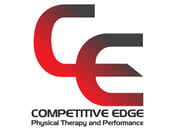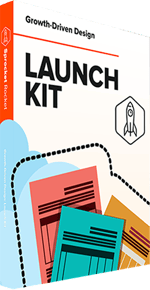Picture this... you're always stiff, sore, and tight, and you can make yourself limber up, BUUUUTTT it takes 30 minutes of foam rolling and stretching to get there. But then the next day you're right back to where you started. This isn't normal. And even though the stretching helps, it clearly doesn't produce any lasting results. But if you don't stretch, then what else are you supposed to do?!?
We have long been taught the importance of stretching, and its ability to improve your flexibility. But what if I told you that even though it can be beneficial short term, there is a better way to achieve better flexibility that actually sticks?
I would guess that you would be pretty suspicious of me...
As a physical therapist for the past 7 years, I have treated thousands of patients, helping them deal with pain and injury, while also improving their flexibility. One thing that most people don't realize, is that your typical stretching doesn't help as much as you thought.
You temporarily elongate the muscle fibers, but most often they just bounce right back unless you do something to teach them how to stabilize this new flexibility you gained.
Enter: a better way to stretch! A way of stretching that actually trains your MOBILITY and not just your FLEXIBILITY. Your mobility is the ability to actually control and access the motion your muscles and joints have, while flexibility is just how far your can stretch it. Most people have a big disconnect between these 2, which contributes to them always being sore, stiff, and achy.
Using just the weight of your own body, you can target nearly every muscle with much better results, and over time you can rid your body of the chronically stiff, sore, and achy muscles that take forever to stretch out.
But be warned! These are more challenging than your typical stretches. You will be forced to use these muscles in ways that they are not used to. Heck, you will probably even break a sweat doing them. But it is important to note that these will have longer lasting effects than the stretching you normally do.
These may just look like exercises themselves, but it's all about how you do them that makes them mobility training. At any point during the movement you should be able to stop and hold the position you're in, that way you know you're getting the full control of the movement.
Since there are so many joints and muscle groups and ways to target them, I will just highlight a few of my favorites, ones that I will often use with clients of my own, and some common body parts that tend to feel tight.
Shoulders and Neck
Hips
Calves
Hip Flexor
If I was having a patient perform these, I would typically aim for 1 minute of each every day, making sure you hit both sides. Now just remember, these are all about HOW you do them, so just quickly going through the motions will not give you good results. We want to make sure we can effectively isolate each area and move slow.
I also get the question about stretches for specific movements and exercises. While there ay not be one "best" stretch for a squat, deadlift, clean, snatch, pull up, etc, etc... there are some good principles I like to follow. For some ideas on stretching/mobility for certain areas and movements check out our other articles!
Ultimate Squat Mobility Checklist
Now If you don't notice any improvement within a couple weeks of doing these, then further assessment may be needed. If you're in the New Albany, Ohio area and have been dealing with injuries or just chronic stiff and achy muscles and joints, lucky for you this is what I specialize in!
Click the link below to schedule a free 15 minute phone consultation where we can learn more about you and your issues to see if you would be a good fit for our practice!




Comments